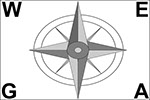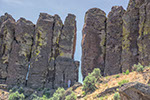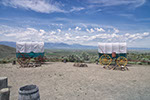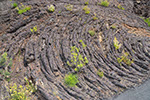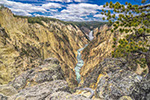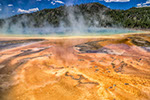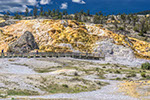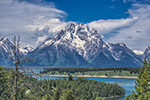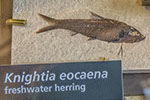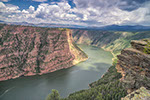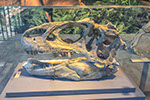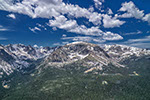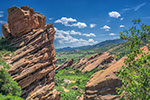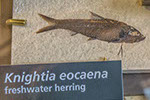WEGA in the North West United States
May 29th to June 11th 2016
Day 7 - Saturday 4th June 2016
Today was the day where we became most closely engaged with the geology of Yellowstone. The unique feature is (to quote Doug) "the Yellowstone hotspot plume which rises from a depth of at least 700km in the Earth’s mantle, with some postulating it comes from 2,880km depth. The plume conduit is ~ 80km wide as it rises through the Earth’s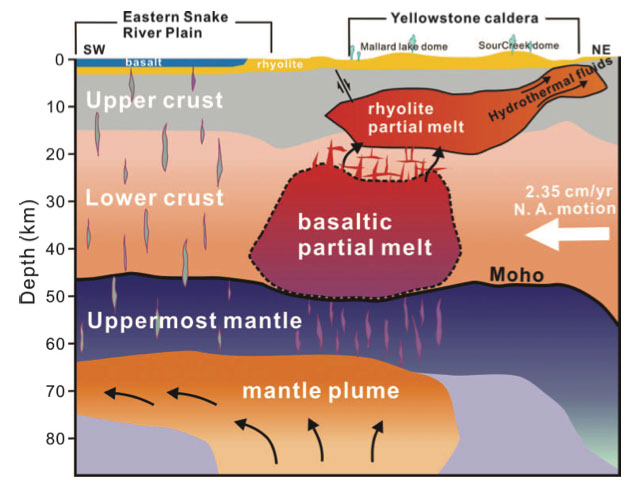 mantle but then spreads out like a pancake at ~ 65km depth." The original is HERE.
mantle but then spreads out like a pancake at ~ 65km depth." The original is HERE.
Recent (2015) seismic imaging has identified a previously unknown, deeper and larger (46,700km³) basaltic magma reservoir, with about 2% molten rock. This reservoir is fed by hot and partially molten rock that rises in dykes from the top of the plume at 65km into the reservoir at ~ 45km depth. The top of this magma reservoir lies only at ~19km deep, and is 48km north-west to south-east and 70km south-west to north-east. A smaller (10,420km³) upper rhyolitic magma chamber lies 5 – 15km beneath the Yellowstone caldera, and averages about 9 % molten rock, equivalent to ~ 900 km³. It is this upper magma chamber that was the immediate source of three cataclysmic eruptions of the past 2 Ma.
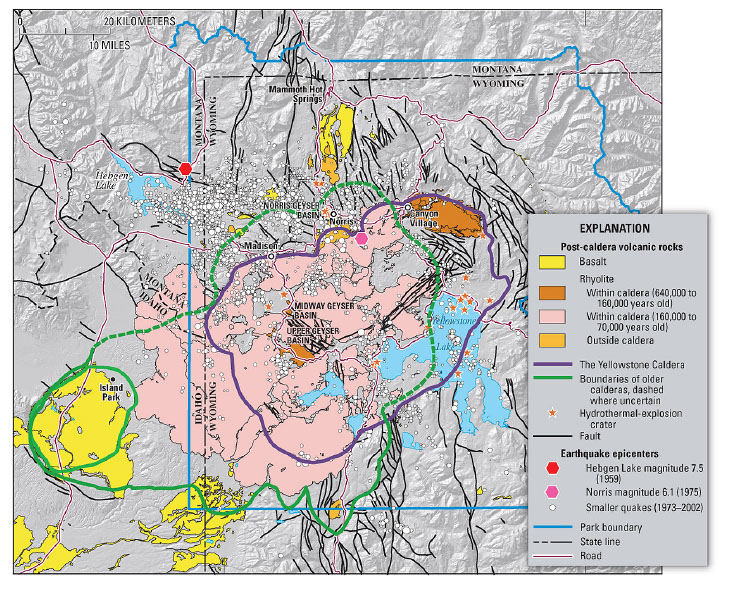 These three eruptions formed three large calderas.
These three eruptions formed three large calderas.
- Island Park caldera formed at 2.0 Ma and was some 144 x 96km in size, it is now largely covered by younger flows. The deposit formed from this eruption is known as the Huckleberry Ridge tuff which covered an area of ~ 15,540km², with a total eruptive volume of ~ 2,500km³. In some areas the welded ash-flow tuffs from this eruption are more than 400 m thick! (This is the larger green and green dashed line in the adjacent diagram.) See more HERE.
- Henry's Fork caldera formed at 1.2 Ma and is a smaller caldera of 16 km diameter and restricted to the Island Park area southwest of the Yellowstone Plateau. This event produced the Mesa falls tuff covering an area of 2720km², with a volume of 280km³. This is the continuous green outline towards the south west of the diagram.
- Yellowstone caldera formed at 0.6 Ma, gave rise to the Lava Creek tuff covering an area of ~7,500km² and with a volume of 1,000km³. The caldera formed was 45km wide by 75km long that dropped several hundred metres, and which has been filled by post-caldera flows and lake sediments. This is the purple outlined area.
The text in italics above is from Doug's notes. I have moved the order a little and changed the measurements to metric. But cubic kilometres are as difficult to comprehend as cubic miles!
------------------------------------------------------------------------------
We drove from our accommodation at Canyon Village to Old Faithful, looked at the activity there and nearby, then returned with a stop to look at the Gibbon Falls.
Inside the Old Faithful Inn. I don't know how you would describe the style of this building - Lumberjack Gothic?
Video of Old faithful erupting. There is no sound on this video
Old Faithful - waiting for something to happen. While waiting, read all about this area HERE.
If you want to see what Old Faithful is doing NOW go to THIS SITE and click on the play arrow.
After lunch we drove from the Old Faithful area to Firehole Lake Drive to look at other geysers and hot springs. Read all about this area HERE.
We then went to the Midway Basin where we saw one of the best known features of Yellowstone - The Grand Prismatic Spring! Read about this area HERE.
Boiling water outflow from Excelsior Geyser into Firehole River. You have to cross the Firehole River to get to the Midway Geyser Basin
Excelsior Geyser Crater. This geyser - now a thermal spring, produces more than 15,000 litres per minute.
Grand Prismatic Spring. The spring has beautiful colouration that begins with a deep blue centre followed by pale blue. Green algae forms beyond the shallow edge. Outside the scalloped rim a band of yellow fades into orange. Red then marks the outer border.
Turquoise Pool. The pool has a milky, white bottom and gem-like, blue-coloured water. Suspended mineral particles in the water also add an opalescent iridescence.
We then went to look at some mudpots - where the amount of water is less and mixes with the rock and soil to form muds - often highly coloured from the iron oxides in the rock. You can read more about them HERE and HERE.
At the end of a long and fascinating day we made our way home stopping off to look at the Gibbon Falls where the river of the same name erodes its way down through the rim of the Yellowstone caldera.
WEGA in the North West United States
